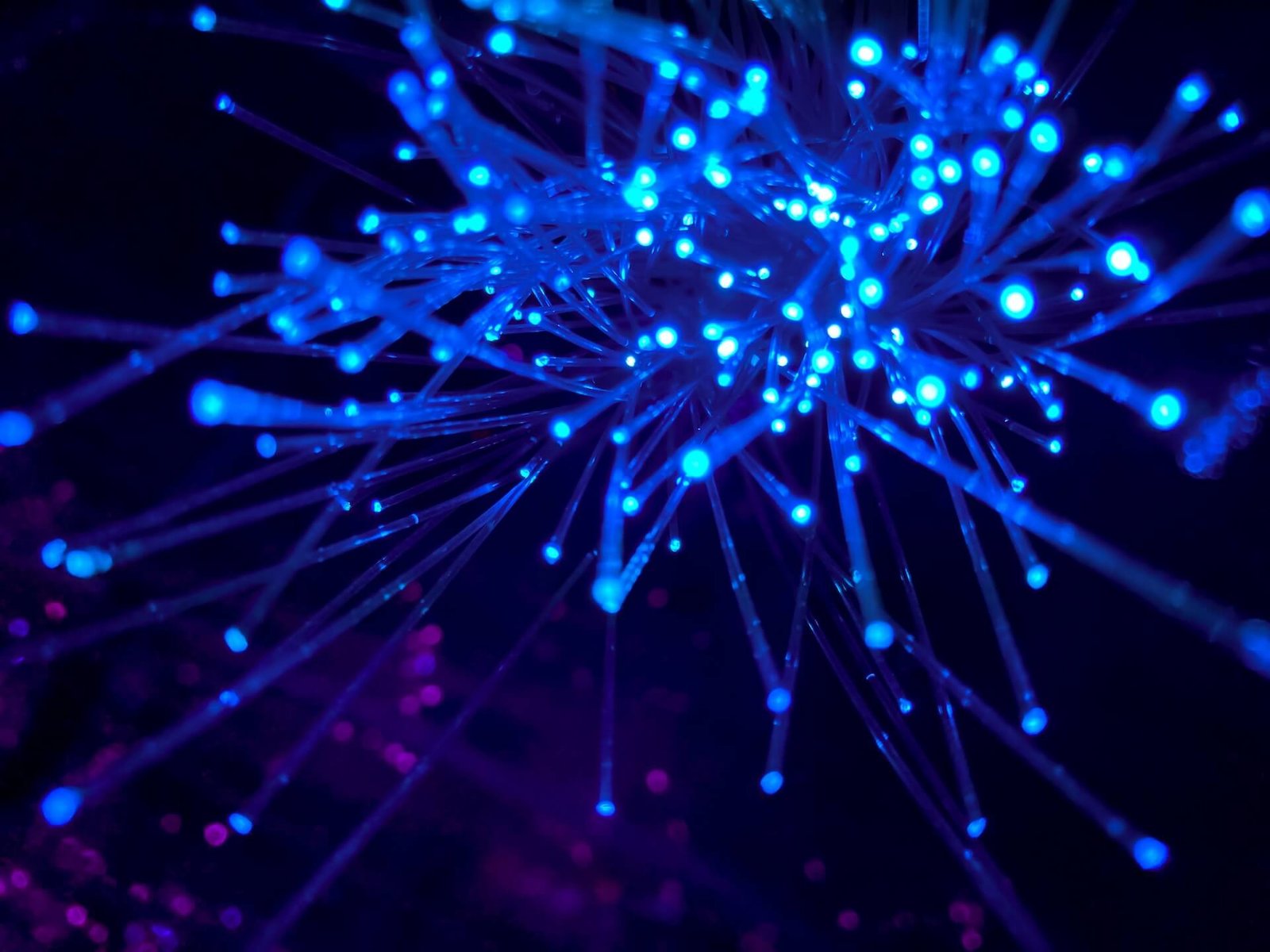Table of Contents
Introduction
Pulse Forming Networks (PFNs) are integral components of pulsed power systems, significantly impacting fields like radar technology, medical equipment, and laser systems. These networks store electrical energy over a relatively long period and then release it as a single, short-duration, high-power pulse. This article delves into the operation, types, applications, and significance of PFNs, providing a comprehensive understanding of this pivotal technology.
Definition and Operation:
A Pulse Forming Network is an electrical circuit comprising inductors, capacitors, and sometimes resistors, designed to shape the output voltage and current pulses. The primary function is to deliver energy in precise pulses with specific amplitude, duration, and shape. The energy is first stored in capacitors and then released through a load, often in the form of a pulse.
Types of Pulse Forming Networks:
LC Network: Comprises inductors and capacitors in a ladder configuration, where the output is shaped according to the charging and discharging cycles of the capacitors.
Marx Generator: A specific type of PFN that multiplies voltage by charging capacitors in parallel and discharging them in series.
Blumlein Line: Uses transmission lines to store electrical energy and typically used for very short, high-voltage pulses.
Applications of Pulse Forming Networks
Radar Systems: PFNs are used in radar transmitters to generate high-power pulses necessary for long-range detection.
Medical Technology: In lithotripsy devices for breaking kidney stones and other medical applications where precise energy pulses are needed.
Laser Systems: PFNs power pulsed lasers used in industrial cutting, military, and research.
Particle Accelerators: High-energy physics research utilizes PFNs for generating the necessary power pulses.
Advantages and Challenges
Advantages:
Precision: Allows for the generation of pulses of exact duration and power.
Efficiency: Capable of handling high power levels efficiently and effectively.
Versatility: Applicable in various fields from medical to military.
Challenges:
Complex Design: Requires careful design to ensure the desired pulse shape and duration.
Maintenance: High-energy components necessitate regular maintenance and checks.
Technological Advancements: Continuous need for development to keep up with evolving applications.
Conclusion
Pulse Forming Networks are crucial in various high-power applications, from radar systems to medical devices. Understanding their operation, types, and applications allows industries to leverage this technology effectively. While there are challenges in terms of complexity and maintenance, the precision, efficiency, and versatility of PFNs make them an invaluable component in the realm of pulsed power technology.
FAQs
Q1. What is a Pulse Forming Network?
A1. A Pulse Forming Network is an electrical circuit that stores energy and releases it in the form of a high-power, short-duration pulse, commonly used in various high-power applications.
Q2. Where are Pulse Forming Networks used?
A2. PFNs are used in radar systems, medical devices, laser systems, and particle accelerators, among other applications.
Q3. What are the main types of Pulse Forming Networks?
A3. The main types include LC Networks, Marx Generators, and Blumlein Lines, each with unique characteristics and uses.
Q4. What are the challenges associated with Pulse Forming Networks?
A4. Challenges include complex design requirements, maintenance of high-energy components, and the need for ongoing technological advancements.



